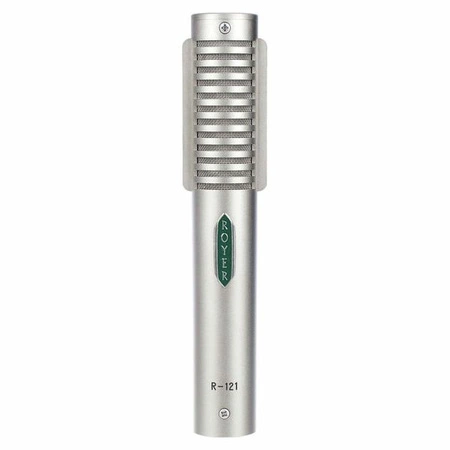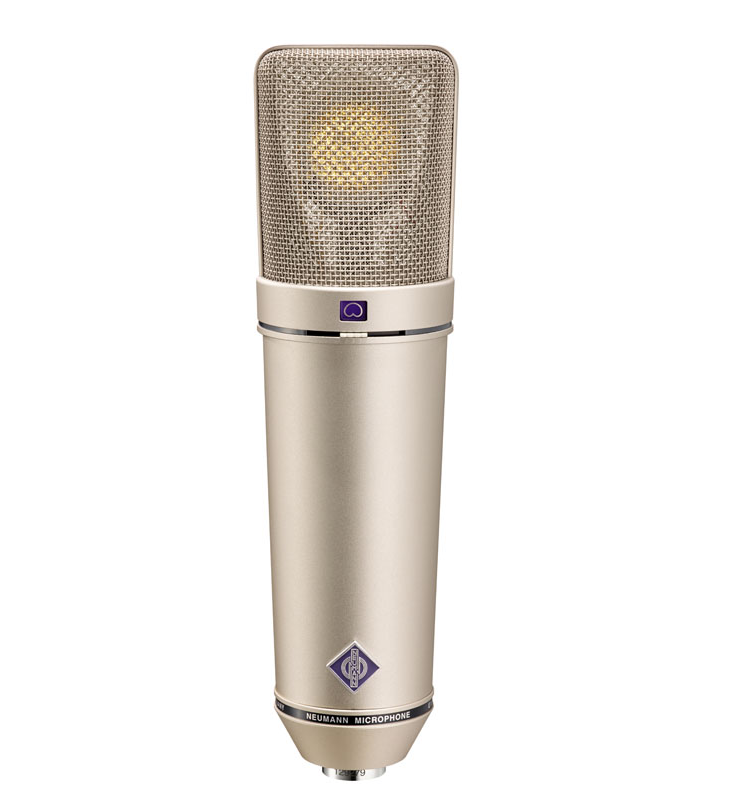Understanding Impulse Responses in the Guitar World
- Noise Harmony
- Feb 3
- 4 min read
Updated: Mar 26
What Are Impulse Responses?
Impulse responses (IRs) have revolutionized the way guitarists and audio engineers shape their tones. IRs provide an incredibly realistic way to capture and replicate the sound of a guitar cabinet and microphone setup in a digital format.
At their core, impulse responses are digital snapshots of how a speaker cabinet, microphone, and room interact with an audio signal. They accurately capture the tonal characteristics of a specific setup, allowing guitarists to reproduce the sound of their favorite rigs without needing to physically mic up a speaker cabinet.

How Do Impulse Responses Work?
Impulse responses are created by recording a short burst of sound—often a sine wave sweep or a transient impulse—through a mic’d-up speaker cabinet. This sound is then analyzed by convolution software, which extracts the frequency and time-domain characteristics of the cabinet and microphone combination. The resulting IR file can then be loaded into an IR loader (a hardware device, plugin, or amp modeler) to apply the same cabinet response to a direct guitar signal.
This means that instead of relying on traditional mic setups—which can be inconsistent and time-consuming—guitarists can use IRs to achieve consistent, high-quality tones with ease.
Why Use Impulse Responses?
Impulse responses offer numerous benefits, making them a popular choice among modern guitarists:
Authenticity and Accuracy – Unlike traditional cabinet simulators that rely on EQ curves, IRs provide an exact capture of a real cabinet’s response, offering a highly realistic sound.
Consistency – Using IRs ensures that your tone remains identical every time you play.
Flexibility – With thousands of IRs available, you can experiment with different cabinet, microphone, and positioning combinations to fine-tune your sound.
Portability – Instead of carrying multiple heavy speaker cabinets, guitarists can store a collection of IRs in a single device and switch between them instantly.
Cost-Effectiveness – Acquiring multiple real-world cabinets, microphones, and studio equipment can be expensive. IRs provide access to professional-quality tones at a fraction of the cost.
Check out our custom-made presets for Line 6 Helix!
NH_MidnightSky
How to Use Impulse Responses
Using IRs in your setup is straightforward. Depending on your gear, you can integrate them in different ways:
1. Using IRs in an Amp Modeler or Multi-Effects Unit
Many modern amp modelers, such as the Fractal Axe-FX, Kemper Profiler, Line 6 Helix, and Neural DSP Quad Cortex, support IR loading. These devices allow users to replace stock cabinet simulations with custom IRs, offering greater tonal flexibility.
2. Using IRs with a DAW
If you’re recording direct guitar tracks, you can load IRs into a convolution plugin within your Digital Audio Workstation (DAW). Popular IR loader plugins include:
Two Notes Torpedo Wall of Sound
Lancaster Audio Pulse
MixIR by Redwirez
NadIR by Ignite Amps
These plugins allow you to swap IRs in real time, making it easy to compare different tones.
3. Using IRs with a Hardware Pedal
Some standalone pedals, such as the Two Notes Torpedo C.A.B. M+, Mooer Radar, and TC Electronic Impulse, are designed to load IRs and apply them to your guitar signal. These are great for live performance setups where you need a cabinet sound without using a real speaker.

Choosing the Right Impulse Response
Not all IRs sound the same, and selecting the right one for your setup can make a huge difference in your tone. Here are some factors to consider:
Speaker Type – Different speakers (Celestion Vintage 30, Greenback, etc.) have unique tonal characteristics. Experiment with various models to find what suits your style.
Microphone Choice – Common microphones used in IRs include:
Shure SM57 – Punchy and focused, commonly used for rock and metal.
Royer R-121 – Warm and full-bodied, great for capturing natural tones.
Neumann U87 – Smooth and balanced, often used in studio settings.
Mic Placement – The position of the microphone drastically changes the sound. IRs taken at different angles and distances can produce dramatically different results.
Mix-Ready vs. Raw IRs – Some IRs are designed to fit into a mix with minimal EQ adjustments, while others provide a more raw and natural capture, allowing for greater customization.
Can You Create Your Own Impulse Responses?
Yes! If you want to capture your own cabinet’s sound, you can create custom IRs using a simple recording setup:
What You Need:
A clean power amp
A speaker cabinet
A microphone
An audio interface
Impulse response software (e.g., Two Notes BlendIR, Voxengo Deconvolver)
By recording a test signal through your setup and processing it with IR creation software, you can generate a custom IR that precisely represents your preferred mic placement and cabinet response.
Impulse Responses vs. Traditional Cab Sims
Many guitarists wonder whether IRs are better than traditional cabinet simulations. The main difference is that cab sims typically use EQ curves and DSP modeling to approximate a speaker’s response, whereas IRs are direct sonic captures of a real-world setup. As a result, IRs generally sound more realistic and organic. Beyond guitar cabinets, impulse responses are also widely used in convolution reverb, allowing engineers and musicians to recreate the natural ambience of real-world spaces—from legendary recording studios to massive cathedrals. This makes IRs an essential tool not only for shaping guitar tone but also for adding depth and realism to recordings.
If you’re new to impulse responses, start by experimenting with free IR packs available online, or invest in professionally crafted IRs from reputable brands like OwnHammer, Celestion, Lancaster Audio, and ML Sound Lab. By understanding how to use IRs effectively, you can unlock a world of professional-quality guitar tones and immersive spatial effects at your fingertips.
FOLLOW US ON:






































Comments